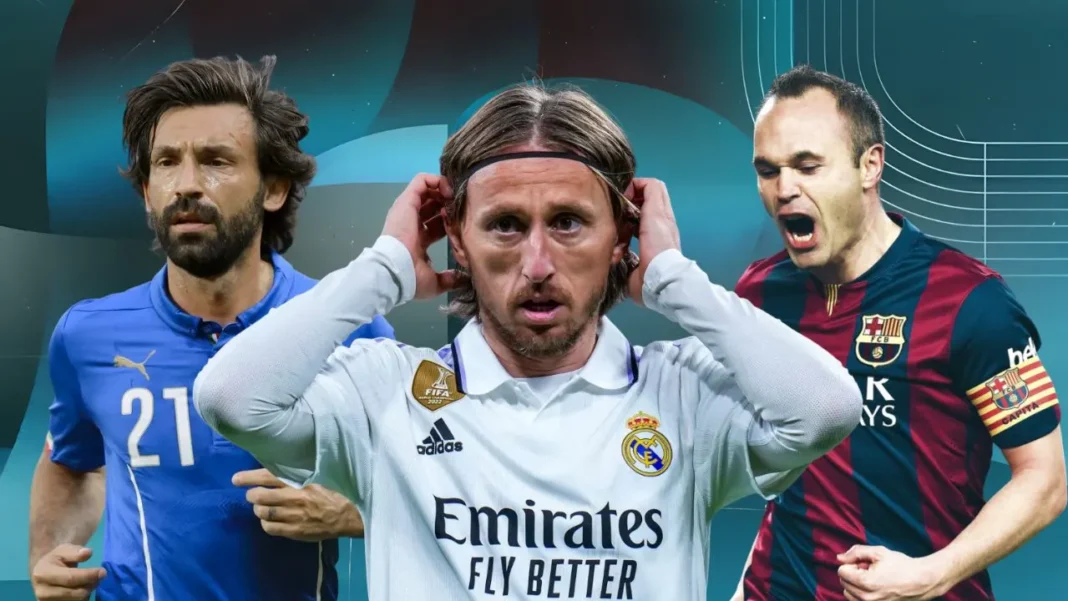There’s a reason managers obsess over midfield. Get it right, and you control the game. Get it wrong, and you’re chasing shadows for ninety minutes. It’s the one area of the pitch where tactical nuance matters most, where the gap between theory and execution can be razor-thin, and where a player’s intelligence often matters more than their physical gifts.
This is the first in a five-part series examining each position on the pitch- midfielders, attackers, wingers, defenders, and goalkeepers; breaking down the roles that define modern football. So let’s start where every match is won or lost: the engine room.
The Central Midfielder: The Complete Package
Start here, because this is your foundation. The central midfielder is football’s Swiss Army knife; capable of a bit of everything, master of staying relevant. They defend when needed, they progress the ball when possible, and they keep things ticking without demanding the spotlight.

Frank Lampard was the gold standard for years. Box-to-box in the truest sense, he’d be scrapping in his own area one moment and arriving late in the opposition box the next. These days, think of someone like Declan Rice at Arsenal, comfortable receiving under pressure, disciplined enough to protect the backline, intelligent enough to know when to push forward. It’s not glamorous work, but it’s essential.
The Deep-Lying Playmaker: The Conductor
This is where tactical sophistication starts to shine through. The deep-lying playmaker sits, dictates tempo, and controls the game from deeper positions. They’re not interested in glory, they’re interested in control.

Andrea Pirlo was the archetype, dropping between the centre-backs, demanding the ball, and spraying passes that made defending feel futile. More recently, Jorginho at Chelsea under Maurizio Sarri embodied this role perfectly, infuriating to watch if you wanted urgency, mesmerising if you appreciated the chess match unfolding. The deep-lying playmaker needs time and space, which is why the best ones position themselves brilliantly, always creating passing angles, always available.
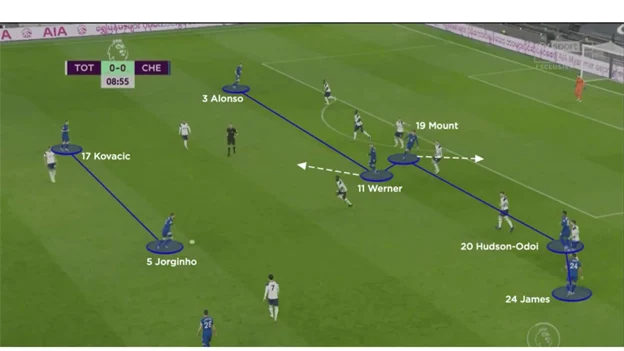
The Mezzala: The Inside Operator
Now we’re getting into the specialised stuff. The mezzala, Italian for “half-winger”- operates in those inside channels, drifting wide to create overloads, then cutting inside to support attacks. It’s a role that demands versatility and tactical awareness.

Nicolo Barella at Inter Milan is your modern template. He’s everywhere- pressing high, supporting the attack from wide areas, arriving late into the box, tracking back when needed. The mezzala thrives in systems with a holding midfielder behind them, giving them the freedom to roam. It’s organised chaos, but only if the player understands when to hold position and when to abandon it.
The Advanced Playmaker: The Artist
This is the number ten in its purest form, though the role is increasingly rare in modern football’s tactical rigidity. The advanced playmaker lives between the lines, demands the ball in tight spaces, and creates chances through vision and technique rather than athleticism.
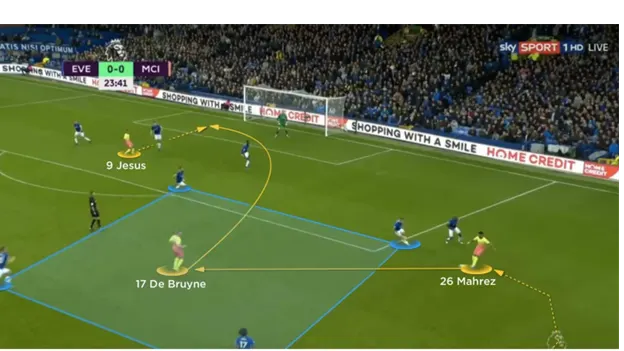
Kevin De Bruyne might play deeper now, but his natural instinct is pure advanced playmaker, scanning constantly, finding spaces that shouldn’t exist, delivering passes that seem impossible until they land perfectly. Mesut Özil at Arsenal, before it all went sideways, was another example. The problem with this role is that it requires a team built to accommodate it, and most modern managers prefer more defensive responsibility from that area of the pitch.
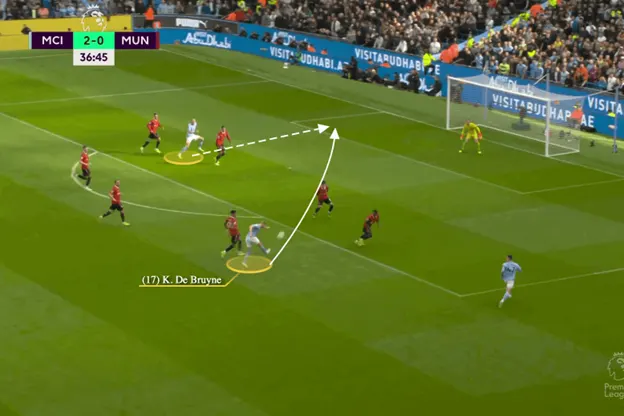
The Ball-Winning Midfielder: The Destroyer
Simple, brutal, effective. The ball-winning midfielder exists to break up play, to win back possession, to make opposing playmakers miserable. They’re not there to create; they’re there to stop creation.
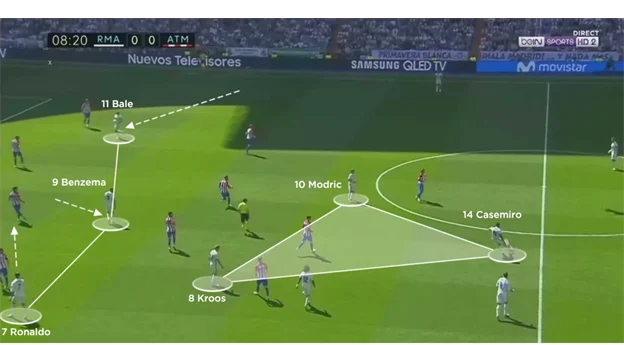
N’Golo Kanté, before his body started betraying him, was the perfect embodiment. Tireless, intelligent positioning, and that uncanny ability to sniff out danger before it developed. Casemiro at Real Madrid built a career on being the shield that allowed Kroos and Modrić to flourish. The best ball-winners aren’t just aggressive, they’re smart, picking their moments, understanding angles, rarely getting caught out of position.
The Roaming Playmaker: Organised Anarchy
This is where it gets interesting. The roaming playmaker has license to drift, to pop up in unexpected areas, to create through movement rather than holding a fixed position. It’s a role that requires exceptional game intelligence and the trust of your manager.
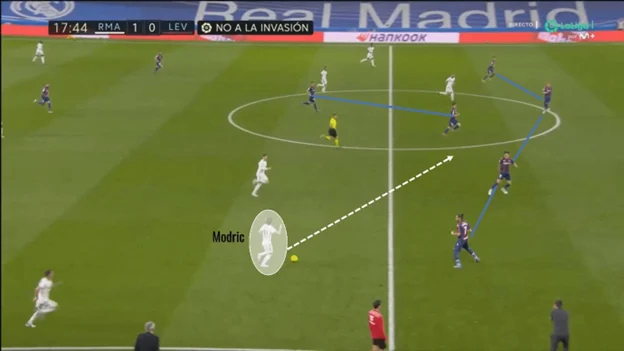
Luka Modrić has spent years perfecting this. He’ll drop deep to collect the ball, drift wide to create overloads, push forward to support attacks, all while maintaining the team’s structural integrity. It looks like chaos, but it’s highly organised chaos. The roaming playmaker needs teammates who understand the spaces they’re vacating and can adjust accordingly.
The Carrilero: The Shuttle
Perhaps the most underappreciated role in modern football. The carrilero- Spanish for “lane runner”- shuttles up and down their designated channel, providing width, supporting attacks, tracking back diligently. It’s unglamorous, exhausting work.

Rodrigo De Paul at Atlético Madrid does this brilliantly. He covers enormous ground, offers an outlet on the right side, presses aggressively, and rarely gets the credit he deserves. The carrilero is what makes three-at-the-back systems functional- they’re the connective tissue between defence and attack, the player who makes everyone else’s job easier through sheer industry.
Where It All Connects- The Conclusion
What strikes me about these roles isn’t their differences, it’s how they’re meant to complement each other. You don’t field three roaming playmakers and expect cohesion. You don’t pair two advanced playmakers and wonder why you’re getting overrun. The best midfields are built on balance, on understanding that a Kanté makes a De Bruyne more effective, that a Carrilero creates space for a mezzala to exploit.
Modern football demands this kind of tactical literacy from players. It’s not enough anymore to simply be good on the ball or tough in the tackle. You need to understand your role within the system, to recognise when to hold your position and when to abandon it, to know instinctively which spaces your teammates are vacating and how to cover them. That’s what separates the great midfields from the merely competent ones. It’s not about having seven different types of midfielders; it’s about having the right combination, the right blend of personalities and skill sets, all working toward the same tactical vision.
The Point
Understanding these roles isn’t about memorising definitions- it’s about recognising what makes midfields function, what separates organisation from chaos, control from confusion. The best teams blend these archetypes intelligently, creating systems where individual brilliance serves collective purpose.
That’s the art of midfield. It’s not always pretty, but get it right, and everything else follows.
Next time, we’ll move further up the pitch and examine the players tasked with the most scrutinised job in football- the attackers. The ones who get the glory when it goes right, and the grief when it doesn’t.

